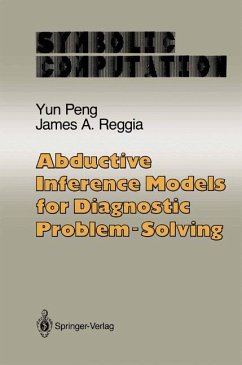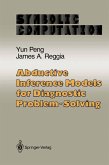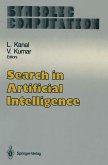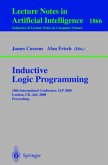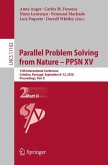This book is about reasoning with causal associations during diagnostic problem-solving. It formalizes several currently vague notions of abductive inference in the context of diagnosis. The result is a mathematical model of diagnostic reasoning called parsimonious covering theory. Within this diagnostic, problems and important relevant concepts are formally defined, properties of diagnostic problem-solving are identified and analyzed, and algorithms for finding plausible explanations in different situations are given along with proofs of their correctness. Another feature of this book is the integration of parsimonious covering theory and probability theory. Based on underlying cause-effect relations, the resulting probabilistic causal model generalized Bayesian classification to diagnostic problems where multiple disorders (faults) may occur simultaneously. Both sequential best-first search algorithms and parallel connectionist (neural network) algorithms for finding the most probable hypothesis are provided. This book should appeal to both theoretical researchers and practitioners. For researchers in artificial intelligence and cognitive science, it provides a coherent presentation of a new theory of diagnostic inference. For engineers and developers of automated diagnostic systems or systems solving other abductive tasks, the book may provide useful insights, guidance, or even directly workable algorithms.
Making a diagnosis when something goes wrong with a natural or m- made system can be difficult. In many fields, such as medicine or electr- ics, a long training period and apprenticeship are required to become a skilled diagnostician. During this time a novice diagnostician is asked to assimilate a large amount of knowledge about the class of systems to be diagnosed. In contrast, the novice is not really taught how to reason with this knowledge in arriving at a conclusion or a diagnosis, except perhaps implicitly through ease examples. This would seem to indicate that many of the essential aspects of diagnostic reasoning are a type of intuiti- based, common sense reasoning. More precisely, diagnostic reasoning can be classified as a type of inf- ence known as abductive reasoning or abduction. Abduction is defined to be a process of generating a plausible explanation for a given set of obs- vations or facts. Although mentioned in Aristotle's work, the study of f- mal aspects of abduction did not really start until about a century ago.
Making a diagnosis when something goes wrong with a natural or m- made system can be difficult. In many fields, such as medicine or electr- ics, a long training period and apprenticeship are required to become a skilled diagnostician. During this time a novice diagnostician is asked to assimilate a large amount of knowledge about the class of systems to be diagnosed. In contrast, the novice is not really taught how to reason with this knowledge in arriving at a conclusion or a diagnosis, except perhaps implicitly through ease examples. This would seem to indicate that many of the essential aspects of diagnostic reasoning are a type of intuiti- based, common sense reasoning. More precisely, diagnostic reasoning can be classified as a type of inf- ence known as abductive reasoning or abduction. Abduction is defined to be a process of generating a plausible explanation for a given set of obs- vations or facts. Although mentioned in Aristotle's work, the study of f- mal aspects of abduction did not really start until about a century ago.

